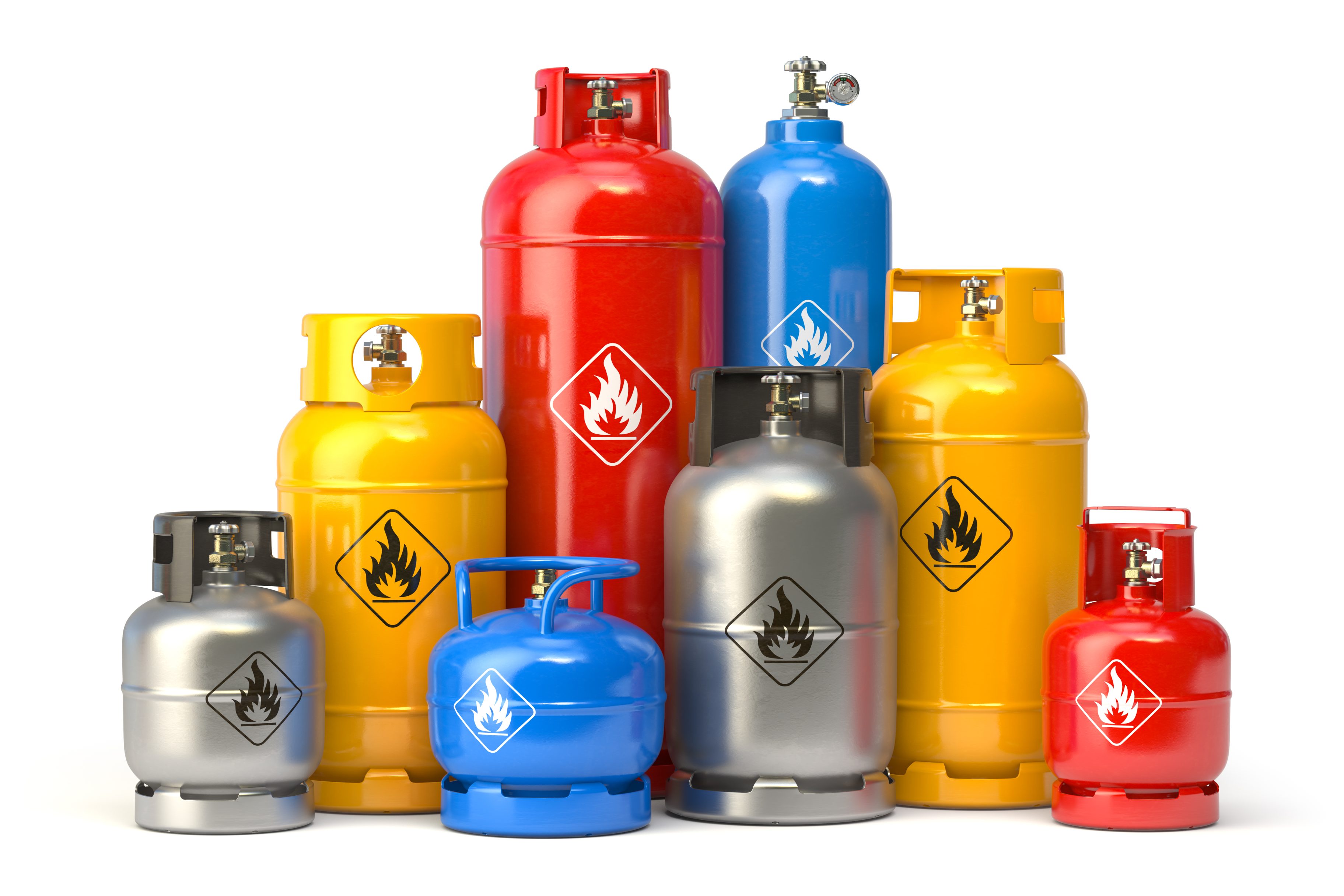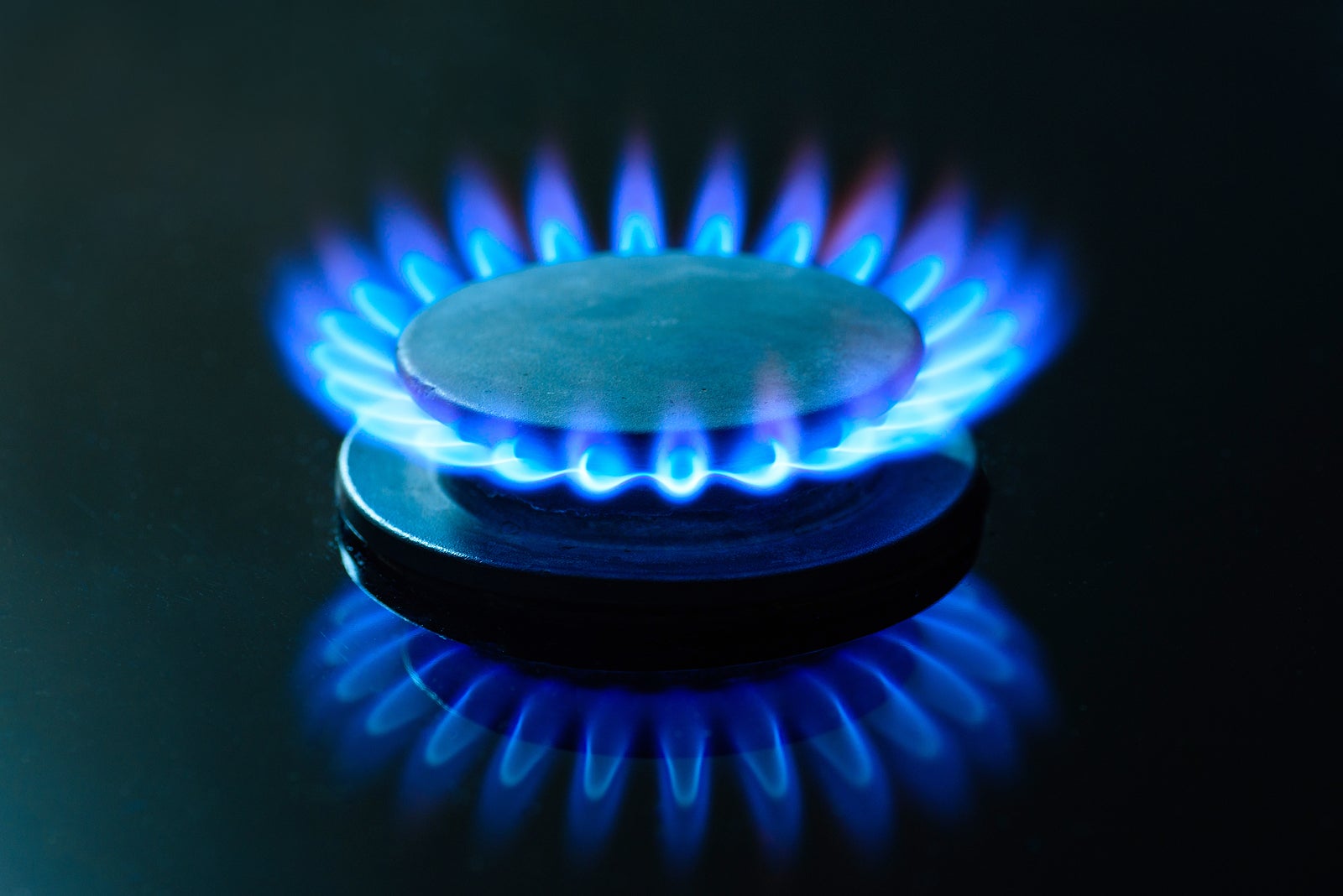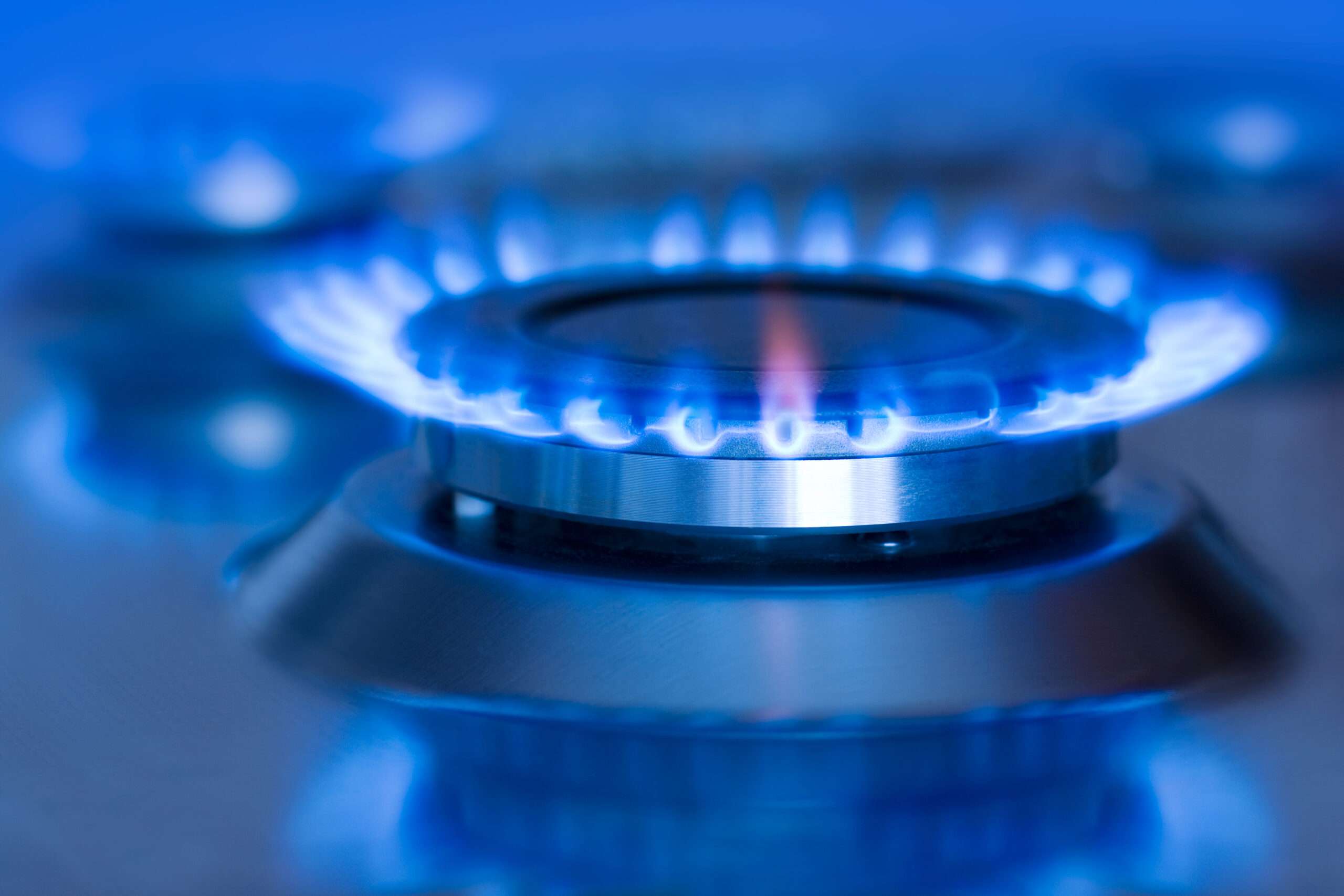Iran's Gas: Unpacking Its Role In Global Energy & Economy
Iran, a nation frequently at the heart of global energy discussions, possesses one of the world's most significant natural gas endowments. Despite holding the second-largest proven natural gas reserves globally, a complex web of geopolitical pressures, domestic challenges, and infrastructural hurdles has profoundly shaped its energy landscape. This article delves into the intricacies of gas in Iran, exploring its vast potential, the operational realities of its production and consumption, and the far-reaching impacts of its energy policies on both its economy and the international market.
From the colossal South Pars field, a cornerstone of its energy sector, to the ripple effects of gas shortages across vital industries, Iran's natural gas story is one of immense potential constrained by formidable obstacles. Understanding these dynamics is crucial for grasping not only Iran's economic trajectory but also its broader influence on global energy security and environmental concerns.
Table of Contents
- Iran's Natural Gas Reserves: A Global Powerhouse
- Production and Consumption Dynamics of Gas in Iran
- The South Pars Gas Field: A Cornerstone of Iran's Energy
- Sanctions and Their Impact on Iran's Gas Sector
- Domestic Challenges: Infrastructure, Mismanagement, and Shortages
- Ripple Effects: Gas Crisis Across Iranian Industries
- Environmental Concerns: Methane Emissions from Gas Operations
- The Geopolitical Dimension: Conflict and Global Energy Markets
Iran's Natural Gas Reserves: A Global Powerhouse
Iran stands as a titan in the global energy arena, boasting some of the world's largest proved crude oil and natural gas reserves. When it comes to natural gas, its position is particularly commanding. According to the Iran Petroleum Ministry, the nation's proven natural gas reserves are approximately 1,201 trillion cubic feet (34.0 trillion cubic meters), constituting about 17.8% of the world's total reserves. This monumental figure places Iran as the world's second-largest holder of natural gas, trailing only Russia. A closer look at these vast reserves reveals their composition: roughly 33% are classified as associated gas, meaning they are found in conjunction with crude oil deposits, while a significant 67% resides in non-associated gas fields. This distinction is crucial for extraction and processing strategies. The sheer scale of these reserves underscores Iran's immense potential as a global energy supplier, a potential that, as we will explore, remains largely untapped for international markets due to a confluence of factors. The presence of such rich gas in Iran's geological formations is a testament to its significant role in the future of global energy supply, even if current circumstances limit its full expression.Production and Consumption Dynamics of Gas in Iran
Despite the immense reserves of gas in Iran, the country's production and consumption patterns present a unique paradox. Natural gas production in Iran has experienced steady growth over the past two decades, a remarkable feat considering the persistent international sanctions that have significantly impacted its energy exports, financial transactions, and access to crucial technologies. This growth, however, has been primarily driven by an insatiable domestic demand rather than an expansion of export capabilities. According to the Gas Exporting Countries Forum (GECF), a grouping of nations that export gas, Iran's total production of natural gas in 2023 reached 266.25 billion cubic meters (bcm). Of this substantial output, an overwhelming 255.5 bcm was consumed domestically. This stark disparity between production and domestic use highlights the internal focus of Iran's gas industry. BP's statistics further illustrate this trend, showing Iran's gas production increasing from approximately 157 bcm in 2010 to 252 bcm last year, though the growth rate has admittedly slowed in recent times. This indicates a maturing production landscape where further significant increases may require substantial investment and technological upgrades.Domestic Demand as a Growth Driver
The primary engine behind Iran's natural gas production growth has been its escalating domestic natural gas demand. This demand, notably, is not directly affected by international sanctions, which typically target export revenues and foreign trade. As a result, the Iranian government has prioritized meeting the energy needs of its burgeoning population and expanding industrial base. Natural gas is a cornerstone of Iran's energy mix, widely used for power generation, heating, transportation, and as a feedstock for various industries. This heavy reliance on gas for internal consumption means that even with its vast reserves and significant production capacity, Iran's ability to participate meaningfully in the global gas trade is severely limited. The country’s total natural gas production is almost entirely absorbed by its own needs, creating a complex situation where an energy giant struggles to leverage its resources on the international stage.The South Pars Gas Field: A Cornerstone of Iran's Energy
At the heart of Iran's natural gas industry lies the colossal South Pars gas field, a shared resource with Qatar (where it is known as the North Dome field) in the Persian Gulf. This field is not just large; it is the world's largest gas field, holding an estimated over 51 trillion cubic meters of natural gas. Its significance to Iran's energy security and economy cannot be overstated, as it holds around 48% of Iran’s total natural gas reserves. The development and operation of South Pars have been central to Iran's efforts to increase its gas production. The vast majority of gas produced by South Pars is earmarked for domestic consumption in Iran. This strategic allocation is largely due to technical constraints and the pervasive international sanctions that limit Iran's ability to export its gas. Rich gas from South Pars is processed by NGL (Natural Gas Liquids) factories, gas refineries, and dehydration units, with the largest share of refined gas production capacity belonging to the gas refineries located within the South Pars complex. This infrastructure is vital for preparing the gas for various uses, from residential heating to industrial feedstock. The field's immense output underpins the nation's energy supply, making any disruption to its operations a matter of national concern, as demonstrated by recent geopolitical events.Sanctions and Their Impact on Iran's Gas Sector
The shadow of international sanctions has loomed large over Iran's energy sector for decades, profoundly shaping the trajectory of gas in Iran. These punitive measures, primarily imposed by the United States and its allies, are designed to curtail Iran's nuclear program and other geopolitical activities. They have had a multifaceted impact on the gas industry, directly affecting Iran’s energy exports, its ability to conduct financial transactions internationally, and crucially, its access to imports of certain advanced technologies necessary for modernizing and expanding its gas infrastructure. While natural gas production in Iran has shown remarkable resilience, growing steadily despite these constraints, the sanctions have effectively stifled its potential as a major global gas exporter. The inability to secure foreign investment, advanced drilling technology, and specialized equipment has hindered the development of new fields and the optimization of existing ones. Furthermore, the restrictions on financial transactions make it exceedingly difficult for Iran to sell its gas on the international market, even if it had surplus capacity. This explains why, despite being the world’s third-largest producer of natural gas, Iran’s exports constitute less than 1% of the global gas trade, according to BP's statistics. The sanctions, however, do not directly affect Iran's domestic natural gas demand, which has paradoxically become the main driver of its production growth, creating a self-sufficient but internationally isolated gas economy.Domestic Challenges: Infrastructure, Mismanagement, and Shortages
Beyond the external pressures of sanctions, Iran's gas industry faces significant internal hurdles, including outdated infrastructure and persistent mismanagement. A comprehensive review of the sector has highlighted these as major challenges, directly contributing to operational inefficiencies and an inability to consistently meet domestic demand. The aging network of pipelines, processing plants, and distribution systems often suffers from a lack of maintenance and modernization, leading to leaks, inefficiencies, and breakdowns. These infrastructural deficiencies, compounded by issues of mismanagement, manifest most acutely during the winter months. Gas shortages during this period have had severely negative effects across all areas of Iranian life, from residential heating to industrial operations. The social and economic impacts of these shortages are profound. Families struggle with inadequate heating, businesses face disruptions, and the overall quality of life is diminished. Despite boasting massive gas reserves, Iran is frequently plagued by power blackouts and industrial shutdowns, underscoring the gravity of Iran's energy shortfall. This situation is further exacerbated by the country's heavy reliance on natural gas for its energy needs, making it highly vulnerable to any disruptions in supply.Winter Shortages and Social Impact
The recurring gas shortages in winter are a stark reminder of the underlying vulnerabilities within Iran's energy system. As temperatures drop, the demand for heating skyrockets, placing immense strain on the gas supply network. When the supply cannot meet this peak demand, residential areas often face reduced pressure or even complete cut-offs. This directly impacts the daily lives of millions, leading to discomfort, health risks, and public frustration. Beyond individual households, the ripple effects extend to public services and essential infrastructure, demonstrating how critical reliable gas supply is to the fabric of Iranian society. The appeal highlights the gravity of Iran's energy shortfall, exacerbated by its heavy reliance on this single energy source.Ripple Effects: Gas Crisis Across Iranian Industries
The gas crisis in Iran is not confined to residential heating; it has pervasive ripple effects across virtually all other industries critical to the nation's economy. When gas supplies become unreliable or insufficient, the industrial sector, which is heavily dependent on this energy source, suffers significant operational inefficiencies. This directly translates into reduced output, increased costs, and a dampening effect on economic growth. The interconnectedness of Iran's industrial base means that a problem in one sector quickly propagates to others, creating a cascading crisis. Key sectors like petrochemicals, steel, and ceramics, which are vital for Iran’s economy and provide significant employment, are particularly vulnerable. These industries rely on natural gas not only as a fuel for their processes but often also as a crucial feedstock for their products. When gas supplies are curtailed, factories are forced to reduce production or even halt operations entirely, leading to substantial economic losses.Impact on Petrochemicals, Steel, and Food
The impact on specific industries is profound. Petrochemical plants, for instance, use natural gas as a primary raw material for producing a wide range of chemicals, plastics, and fertilizers. Any disruption to gas supply directly impedes their ability to manufacture these products, affecting both domestic supply chains and potential export revenues. Similarly, the steel industry, a major consumer of energy, relies on gas for high-temperature processes like melting and refining. In the ceramics sector, gas-fired kilns are essential for producing tiles and other ceramic products. Unreliable energy supplies directly compromise the efficiency and output of these foundational industries. Even the food sector is not immune. Plants reliant on gas for processing, such as dairy and canned goods manufacturers, face similar challenges. Gas is essential for pasteurization, sterilization, and cooking processes. When these facilities cannot secure a consistent gas supply, they risk spoilage, production delays, and ultimately, food shortages. The comprehensive nature of these industrial setbacks underscores how central the availability and reliability of gas in Iran are to the nation's economic stability and food security.Environmental Concerns: Methane Emissions from Gas Operations
While natural gas is often touted as a cleaner-burning fossil fuel compared to coal or oil, its extraction, processing, and transportation are not without significant environmental consequences, particularly concerning methane emissions. Methane, the primary component of natural gas, is a potent greenhouse gas (GHG), far more effective at trapping heat in the atmosphere over a short period than carbon dioxide. Its release into the atmosphere, therefore, contributes substantially to climate change. In Iran, as in other major gas-producing nations, leaks from gas pipelines and processing facilities are a significant source of methane emissions. Additionally, the intentional venting or flaring of unwanted gas at production sites, particularly associated gas that is not economically viable to capture or transport, further exacerbates the problem. These emissions mean that oil and gas extraction operations themselves are substantial contributors to climate change, even before any fuel is burned by end-users. The outdated infrastructure and operational inefficiencies highlighted as domestic challenges in Iran's gas industry likely contribute to higher rates of methane leakage and flaring. Addressing these issues through improved infrastructure, leak detection, and methane capture technologies would not only enhance the efficiency of Iran's gas sector but also significantly reduce its environmental footprint, aligning with global efforts to mitigate climate change.The Geopolitical Dimension: Conflict and Global Energy Markets
The geopolitical landscape of the Middle East, characterized by regional tensions and conflicts, inevitably casts a long shadow over Iran's energy infrastructure, particularly its vital gas assets. As one of the world's major energy producers, any disruption to Iran's oil and gas capabilities has immediate and significant repercussions for global energy markets, directly influencing international oil and gas prices. The unfolding Middle East crisis has frequently extended to Iran’s energy infrastructure, underscoring the fragility of supply chains in a volatile region. A further escalation of conflict between regional powers could send oil and gas prices significantly higher, a sentiment echoed by experts like Ramanan Krishnamoorti, a professor of petroleum engineering. This inherent risk factor means that developments concerning gas in Iran are closely watched by energy analysts, policymakers, and traders worldwide. The country's strategic location and its vast energy reserves make it a crucial, albeit often unpredictable, player in global energy security.Israeli Strikes and Market Volatility
Recent events have vividly demonstrated this geopolitical sensitivity. The Israeli attacks on a Friday, which initially spared Iran’s oil and gas facilities, had already pushed oil prices up by 9 percent, before they calmed slightly. However, the situation escalated when Iran was forced to partially halt gas production at the world's largest gas field, South Pars, after an Israeli airstrike caused a fire at one of its key processing units on a subsequent Saturday. Videos posted to social media and verified by independent sources confirmed the incident, with Iranian authorities reporting a fire as a result of the strike. This direct attack on a giant gas field in the Persian Gulf immediately threatened further turmoil for markets, highlighting how quickly geopolitical tensions can translate into tangible impacts on energy supplies and prices. Such incidents underscore the inherent volatility associated with energy production in conflict-prone regions and the critical role that the stability of gas in Iran plays in the broader global energy equation. While current prices for a whole list of other products in Tehran (Iran) might fluctuate based on various internal factors, the international price of energy commodities remains highly susceptible to such external shocks originating from this strategically vital nation.Conclusion
Iran's position as a global energy giant, particularly in natural gas, is undeniable, holding the world's second-largest proven reserves. Yet, its journey is marked by a profound paradox: immense potential constrained by a complex interplay of international sanctions, domestic infrastructural challenges, and geopolitical tensions. While production of gas in Iran has steadily grown, driven primarily by an ever-increasing domestic demand, its role as a major international exporter remains severely limited, accounting for less than 1% of global trade. The critical South Pars field, the backbone of Iran's gas supply, faces both operational hurdles and the direct threat of regional conflicts, as recent events have starkly demonstrated. The ripple effects of gas shortages permeate vital industries, from petrochemicals to food processing, underscoring the deep impact of energy unreliability on the nation's economy and the daily lives of its citizens. Furthermore, the environmental implications of methane emissions from its gas operations add another layer of complexity to its energy profile. Understanding the dynamics of gas in Iran is crucial for comprehending not only the country's economic resilience but also the broader implications for global energy markets and environmental sustainability. The challenges are significant, but so too is the inherent potential of its vast natural gas resources. What are your thoughts on Iran's energy future given these complex challenges? Share your insights in the comments below, or explore our other articles on global energy dynamics to deepen your understanding of this vital sector.- Israel Vs Iran How They Compare
- Iran Attacked
- Milit%C3%A3r Iran Vs Israel
- Noticias De Iran Vs Israel
- Population Of Iran

Cylinder Weight And With Gas

Energy Co-op bringing renewable natural gas service to Philly - WHYY

NYC Declares War on Gas Stoves